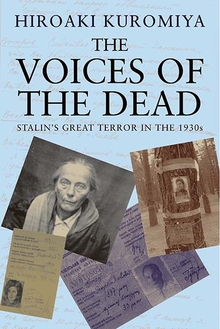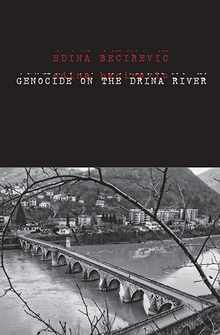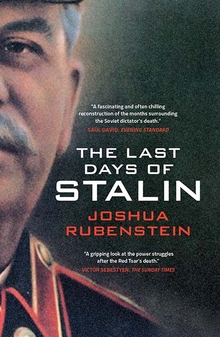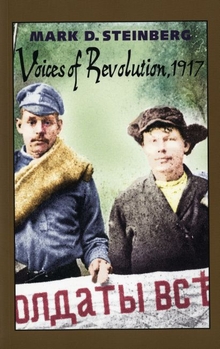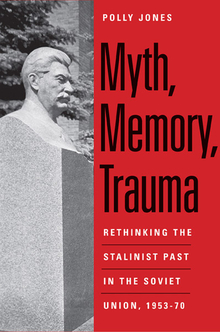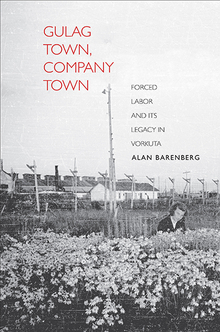The Voices of the Dead
WARNING
You are viewing an older version of the Yalebooks website. Please visit out new website with more updated information and a better user experience: https://www.yalebooks.com
Stalin's Great Terror in the 1930s
Hiroaki Kuromiya
The voices of dozens of innocent victims, silenced during Stalin’s Terror and since forgotten, can yet be heard in secret police archives
Swept up in the maelstrom of Stalin’s Great Terror of 1937–1938, nearly a million people died. Most were ordinary citizens who left no records and as a result have been completely forgotten. This book is the first to attempt to retrieve their stories and reconstruct their lives, drawing upon recently declassified archives of the former Soviet Secret Police in Kiev. Hiroaki Kuromiya uncovers in the archives the hushed voices of the condemned, and he chronicles the lives of dozens of individuals who shared the same dehumanizing fate: all were falsely arrested, executed, and dumped in mass graves.
Kuromiya investigates the truth behind the fabricated records, filling in at least some of the details of the lives and deaths of ballerinas, priests, beggars, teachers, peasants, workers, soldiers, pensioners, homemakers, fugitives, peddlers, ethnic Russians, Ukrainians, Poles, Germans, Koreans, Jews, and others. In recounting the extraordinary stories gleaned from the secret files, Kuromiya not only commemorates the dead and forgotten but also proposes a new interpretation of Soviet society that provides useful insights into the enigma of Stalinist terror.
Hiroaki Kuromiya is professor of history, Indiana University. He is the author of several books, most recently Stalin: Profiles in Power.
Publication Date: August 1, 2016
16 b/w illus.

